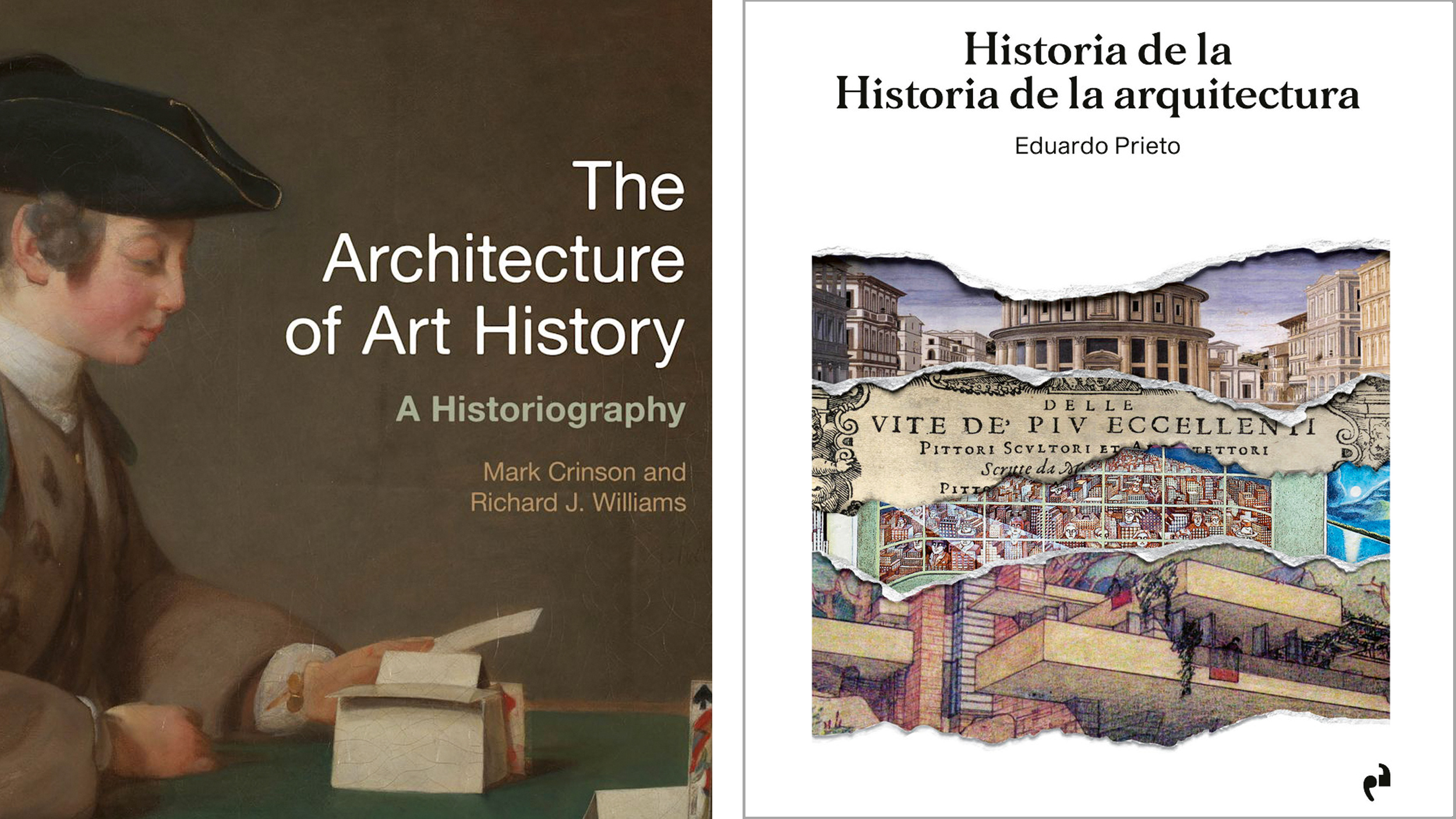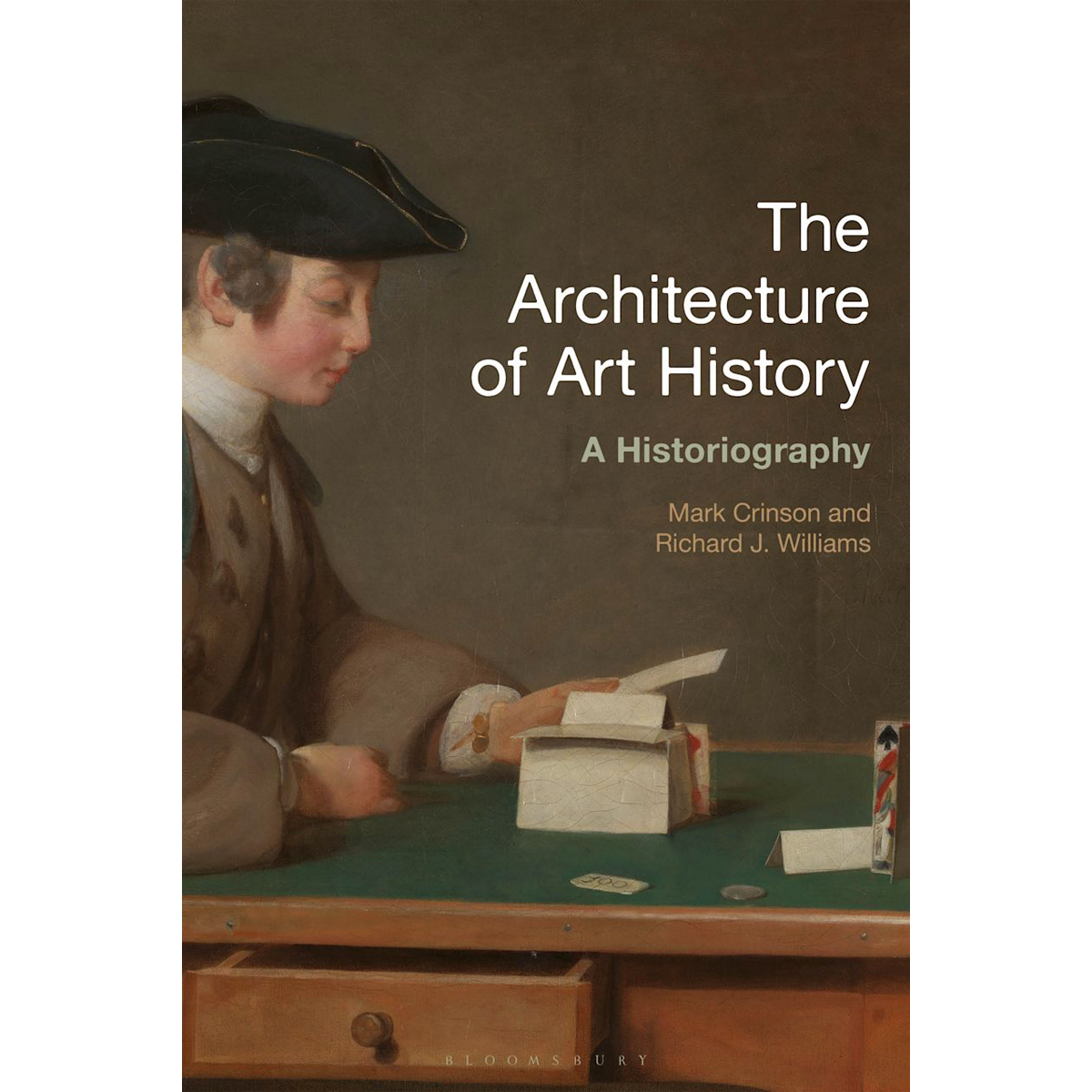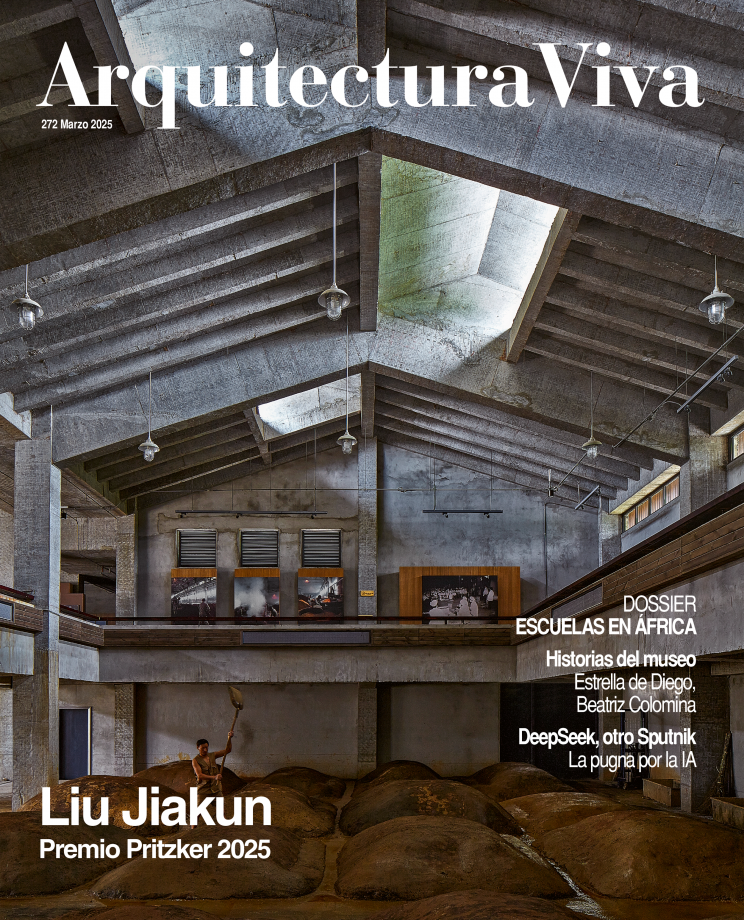
These two histories of history give narratives an influence on architecture, so we could perhaps call them operative historiographies. The book by Crison and Williams, which calls for a reencounter between architectural history and art history, claims that the latter can help make architecture more understandable; and Prieto’s, offering a synthesis of architectural historiography through 200 works, argues that the current expansion of history will alter our very idea of architecture. The former, which stemmed from an encounter on ‘The Art History of Architectural History,’ deplores the separation of the two disciplines recalling their fertile dialogue in the German academic tradition; while the latter charts five centuries of architectural literature with a historical dimension. But both volumes express confidence in the operative fertility of texts.
The Architecture of Art History is addressed to historians, but Arquitectura Viva published its epilogue under the title ‘A Disciplinary Divorce.’ The authors deem that in ‘critical art history,’ which arose in the German world in the late 19th century, the link between art and architecture had a phenomenological, philosophical, and moral base. Wölfflin’s formalism, Riegl’s Kunstwollen, and Panofsky’s homology are protagonists of a development that extends to Pevsner, Sedlmayr, Wittkower, and Giedion. This spirit died with the diaspora of the 1930s and World War II, and historians versed in architecture like Steinberg or Baxandall retained the spatial dimension almost unconsciously, while figures trained in art history like Rowe at the Warburg or Banham at the Courtauld applied tools extracted from their formative years to architectural criticism, but the break-up was altogether sealed with the so-called ‘new art history,’ or with the theorists gathered around the magazine October. But after the crisis of art history in the 1980s, new approaches have sparked hope that architecture could regain in it the dimension it once had.
Historia de la historia de la arquitectura reaches farther back, and from the springboard of history as rhetoric in Vasari, as discourse in Fischer von Erlach, as discipline in Winckelmann, or as system in Semper, the account arrives at history as science with Burckhardt, Wölfflin, Riegl, Warburg, or Panofsky, who would nourish Pevsner, Kaufman, Hitchcock, or Giedion, who understood history as an apology for the Modern Movement. The narrative ends with a chapter devoted to history as criticism, and with one that tackles new paradigms. The volume reconciles its historical journey with thematic groupings, and manages to give plenty of information in compact form, so is especially useful for students. But any architect will benefit from this synthesis of texts which, after all, have often been operative tools in the design and construction of buildings, confirming the saying that history is life’s teacher.[+]








